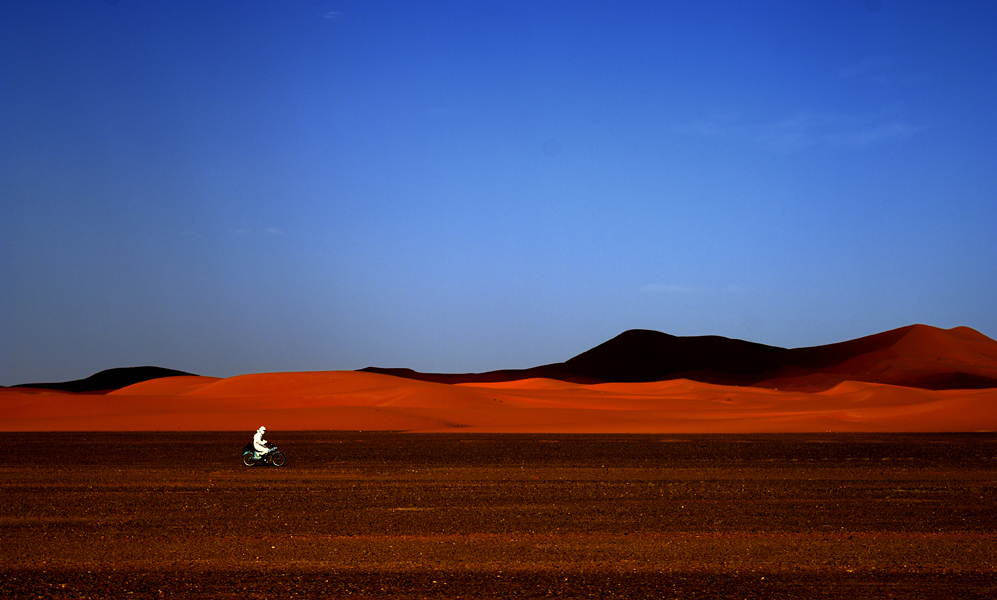
Imagine a nomad who finds a manual car in the desert. They’ve never seen a car before. The keys are in the glove compartment. There’s plenty of fuel in containers in the back. How long until they can drive to an oasis? Stop reading and imagine it for a minute.
Now imagine that they find the car’s manual. It tells them everything about the car, the carburetor, the crank shaft, the … There are lots of diagrams. Lots of facts. Lots of names to remember. So now how long until they can drive to an oasis?
Now imagine that they also find a book about learning to drive. It’s simple, with pictures. It talks about putting the keys in the ignition and shows them how. Nothing about refuelling but a lot about signalling and rules of the road. Do you think that they make it to the oasis that week?
But what if someone arrived who’d driven for years? Who saw that our nomad had mastered signalling for roundabouts and knew all about the catalytic converter but hadn’t actually worked out how to put the fuel in the car. Who showed them how to do it. And how to feel the weight of the clutch, to move off smoothly without stalling. To immediately see any issues the nomad was having and provide the best solution. To be there to answer questions. How long, do you imagine, would it take them to set off together for the oasis?
This is the difference between trained and untrained. And it’s why one-to-one tuition is the oldest and still the very best way to learn. If you value your time and want to learn efficiently it’s the right choice for you. This is one of the main reasons why the deepest concepts of Holistic Photography are taught exclusively in person.
And it’s why this section to teach you photography exists. We really WANT you to learn the concepts that CAN be learned from reading and watching videos. It means that we can focus on what CAN ONLY be learned in person. Before your course, please study and practice the ideas and techniques we’ve curated here. We’ve deliberately chosen the best and most useful so you can learn fast and efficiently.
See you on the course!
Quartet – Learn our fundamental structure
Idea – Make your photographs more interesting
Light – Understand light and learn to love it
Composition – Form is just as important as content
Timing – Learn when to make the picture, and why

